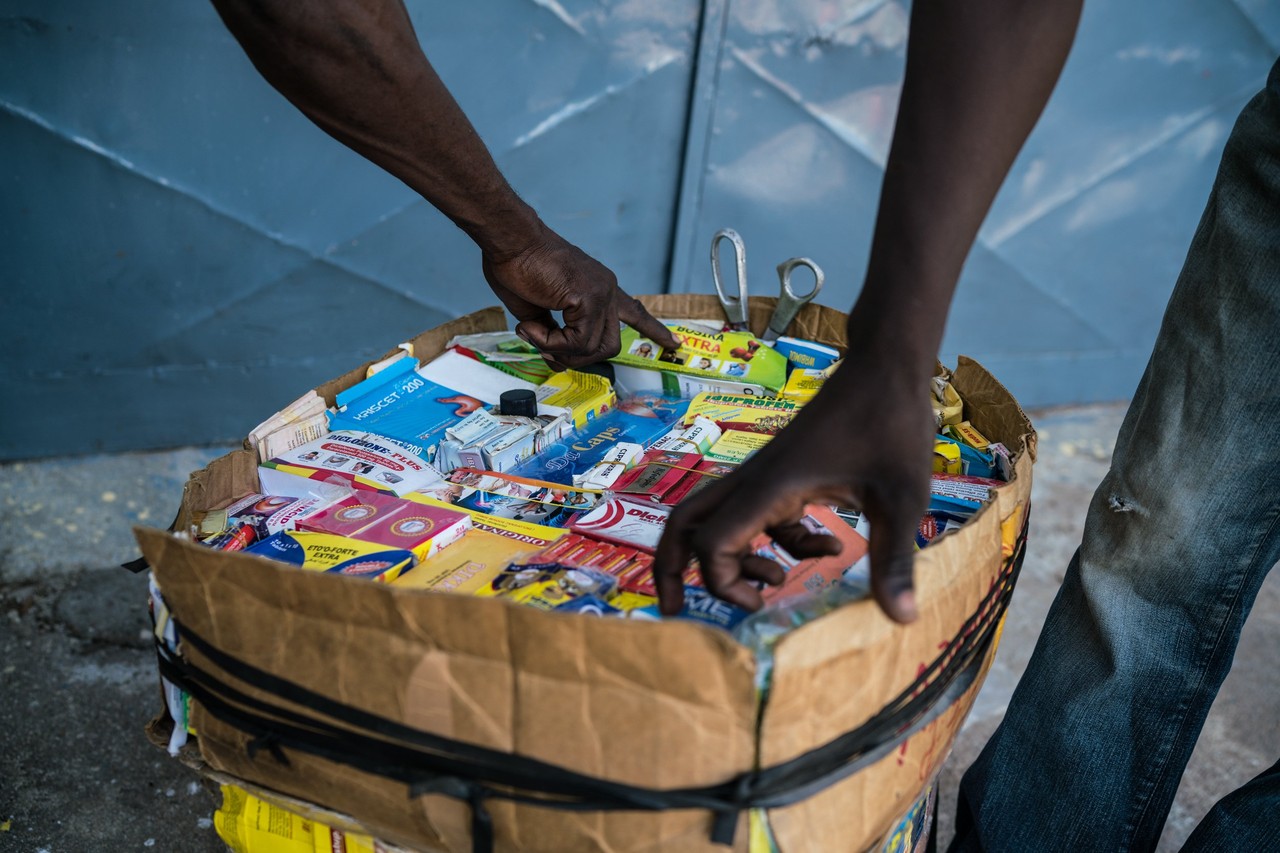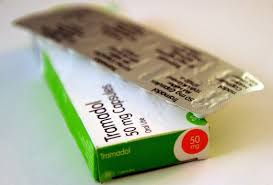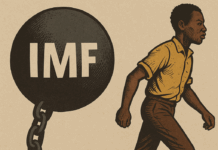By Peter Olorunnisomo – As the emergence of new wealthy classes fuelled from political throne-rooms increase in Africa geometrically, socio-economic infra-structures for society building can, only at the very best, be described as arithmetical.

This trend has been a silent major factor for the increase in poverty levels and ensuring that urban migration is met with a greater possibility of lack and psychological after-effect of delirious hopes.
By implication therefore, the increase in political vandalism may be considered to contribute to an increase in poverty levels. The poor populace will not logically be drawing from the narrow rich at the top of the pyramid but from middle (class). And until about 5 years ago, when the impact of drives from international organisations and the Africa Union (AU), mediation in wars, political crises, and natural disasters, and the re-focusing of external policies by the developed nations began to re-define political and economic strategies in governance did a rise become noticeable among the middle class.

In its The Middle of the Pyramid report in 2011, the Africa Development Bank defined the middle class as persons with yearly incomes exceeding $3,900 (or a per capital expenditure of $2 to $20 day) while the World Bank broadly defines middle-class as those who earn $12 to $15 per day. The often-cited pitfall of using fixed income cut-offs to define the middle class is that it leaves no room for income fluctuations and vulnerabilities to health and business emergencies. These indices do not apply to the lower/mass class in Africa.
But then the lower class had begun to indulge, beyond the delusion of political hopes in governance, in a delusion of self-reality where the use of drugs became rife and common place. Even there, there was a strategy: the poor couldn’t afford drugs but turn to those items that were close to their reach – inhaling the fumes of superglue, evostick, and other high rubber/glue concentrates used in mending common place items and shoes as tradesmen.
The abuse was rife to the extent that reports have it that African streets in South Africa, Nigeria, Kenya, to mention a few even had children indulge in it.
Somewhere along the line, the mutation of physical pain from ailments had transited to psychological ones. Pain-killers soon became it. Tramadol, known in its early days as Ultram, became vulnerable to abuse once it was deregulated from protected patency. From that point on, Asia became a major source of tramadol into Africa as practically anyone with the knowledge could make Opiate analgesics (Opioid) and dispose of over the counter.
The last 5 years have witnessed the debilitating impact of Tramadol’s easy reach and analgesic appeal such that it has occasioned a health of epidemic proportions necessitating public campaigns about its effects and use. In some instances thay have become banned items and subject to controls for usage.
The United Nations, on Wednesday, noted that Tramadol’s, essentially as synthetic opioid, use is booming, in a worldwide drug report that showed deaths in the United States from overdoses still rising and a “crisis” of tramadol use emerging in parts of Africa.
“The opioid crisis that has featured in far fewer headlines but that requires equally urgent international attention is the non-medical use of the painkiller tramadol, particularly in Africa,” the UNODC 2019 World Drug Report said.
“The limited data available indicate that the tramadol being used for non-medical purposes in Africa is being illicitly manufactured in South Asia and trafficked to the region, as well as to parts of the Middle East,” it said.
Seizures of tramadol globally have surged from less than 10 kg in 2010 to almost 9 tonnes in 2013 and 125 tonnes in 2017, the report showed, adding that the problem was particularly severe in West, Central and North Africa.
Several West African countries have reported that tramadol is one of the most widely used drugs for non-medical purposes after cannabis, which remains by far the most popular globally, the report said, adding that reasons for using tramadol vary.
“Some consume tramadol for its calming, analgesic and anti-fatigue effects in order to improve intellectual, physical and working performances, and to lessen the need for sleep and decrease appetite,” the report said.
“In farming communities, there are reports of tramadol being used by humans and fed to cattle to enable them to work under extreme conditions. Others use tramadol as a recreational drug on account of its stimulant and euphoric effects, or to improve sexual stamina.”
The estimated number of people using opioids – an umbrella term for drugs ranging from opium and derivatives such as heroin to synthetics like fentanyl and tramadol – in 2017 was 56% higher than in 2016, the U.N. Office on Drugs and Crime said.
While that surge, to 53.4 million people worldwide, was due to more data being available thanks to surveys in Nigeria and India, it also highlighted the scale of the problem despite a drought-related fall in opium production last year in the world’s biggest producer, Afghanistan.
Synthetic opioids like fentanyl continue to be the main cause of opioid overdose deaths in the United States, which rose 13% to more than 47,000 in 2017, further illustrating what President Donald Trump has declared a public health emergency.
Kindly follow us on twitter:@AfricanVoice2









